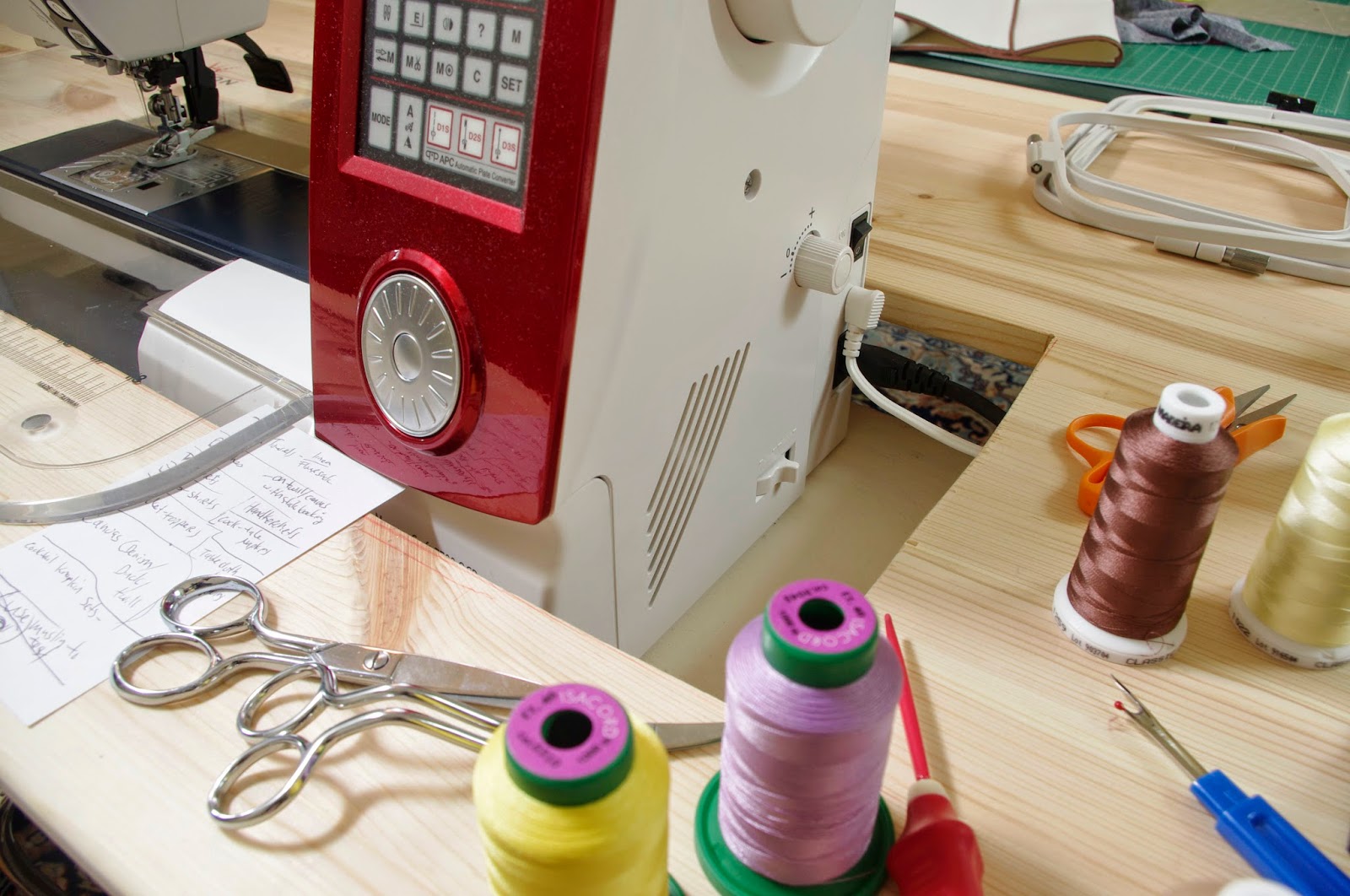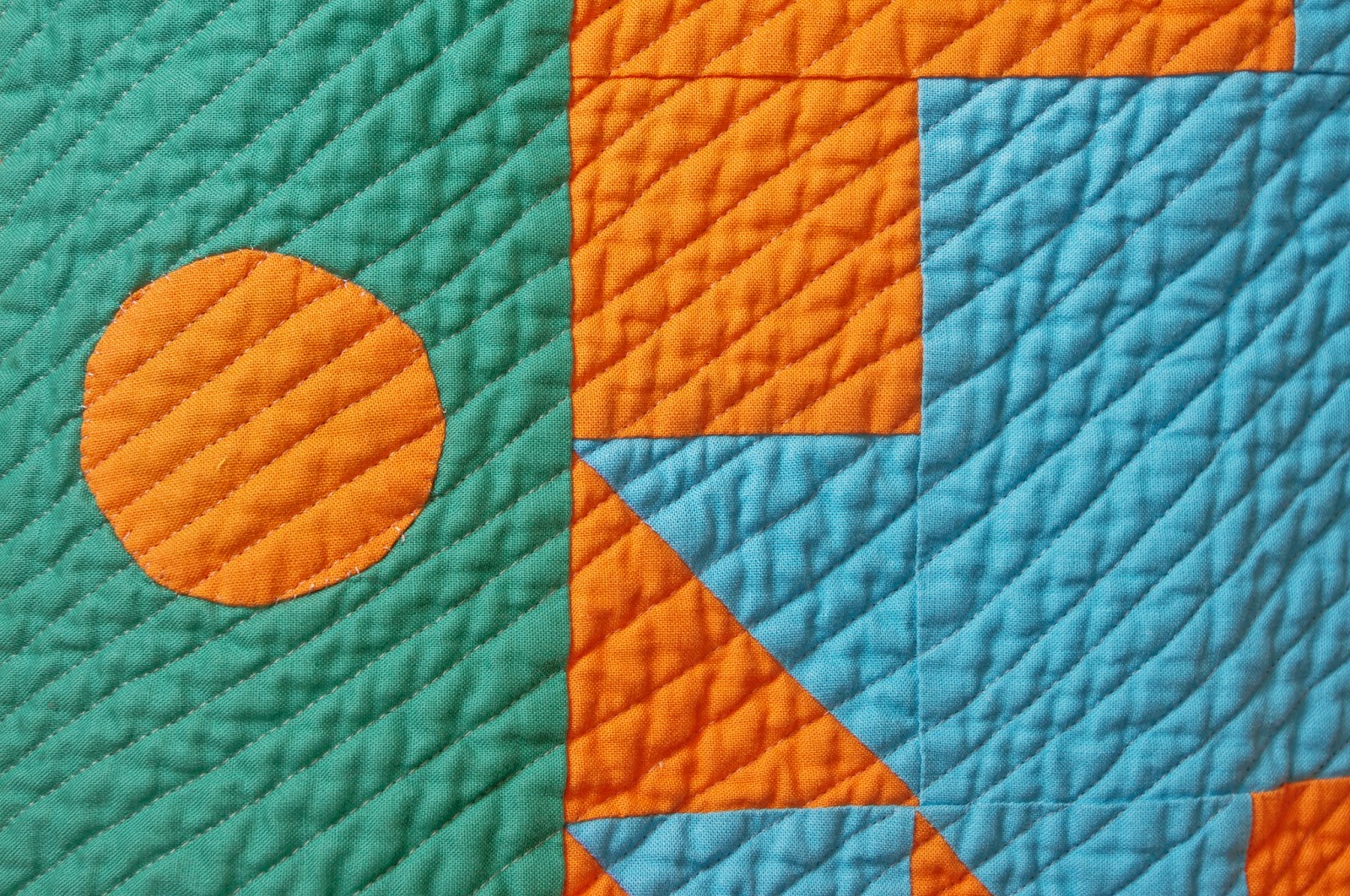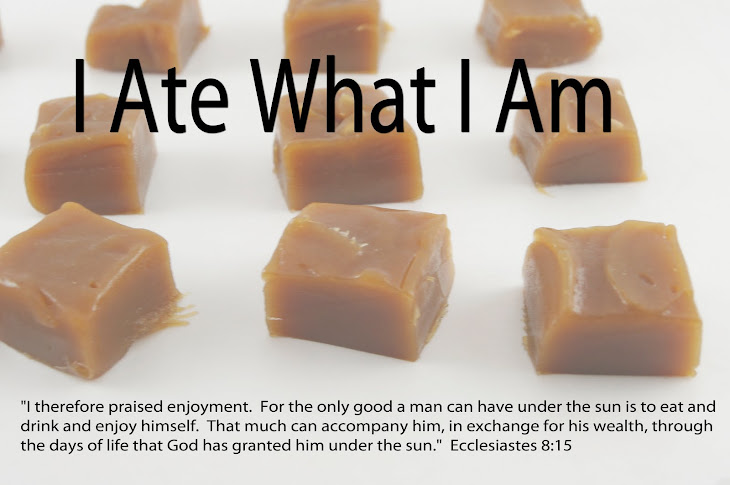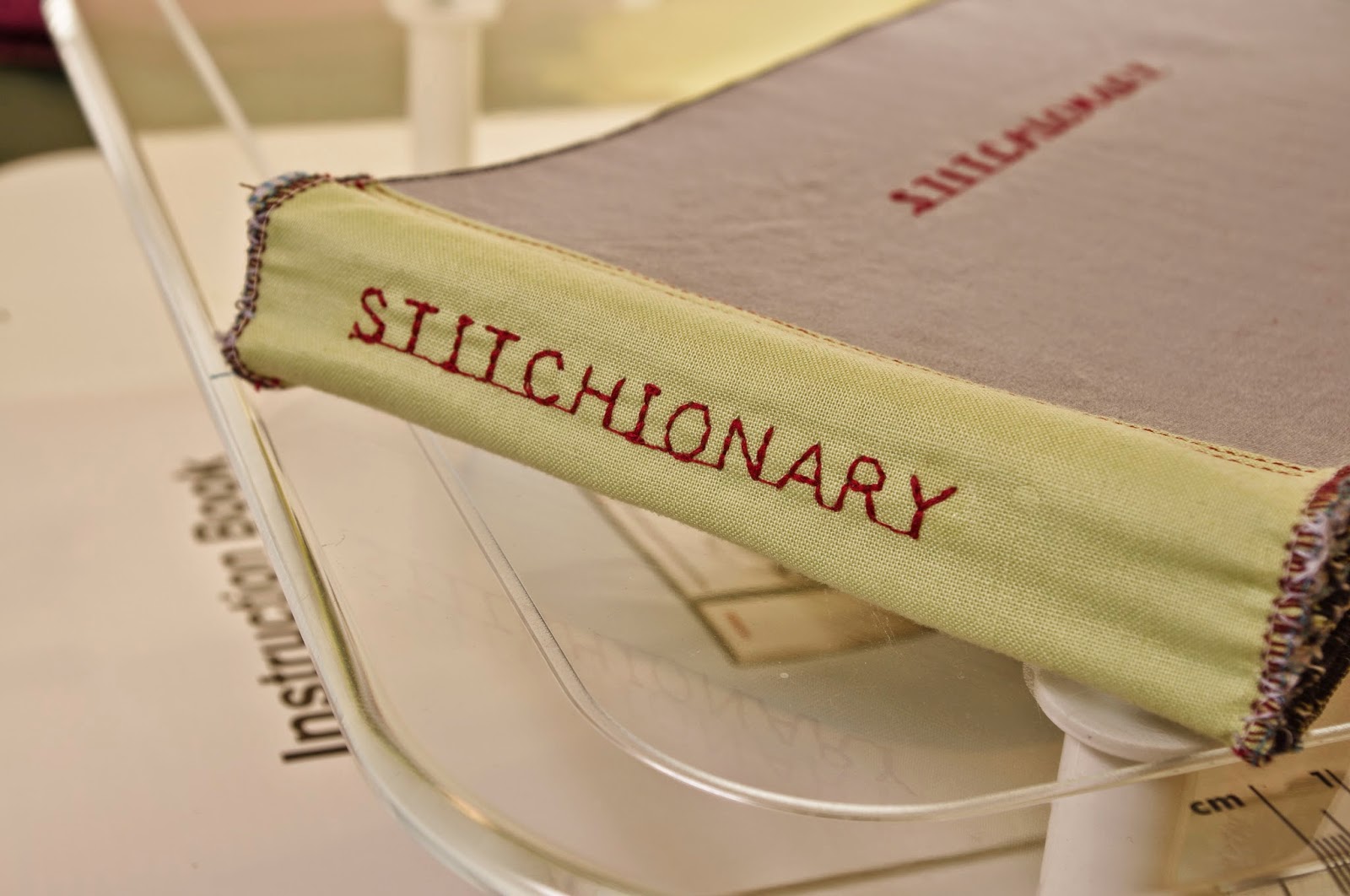12 December 2014
31 October 2014
Another Zippered Throw Cushion, No Piping, Got a Theme Going....
29 October 2014
First Attempt at a Machine Embroidered Throw Pillow with Piping and Zipper
The end of July I started checking Craigslist for an embroidery machine and almost immediately found a posting for a Janome 350e, price pretty fair. I had no idea what I would make with an embroidery machine -- something embroidered seemed likely. So I did the practical thing and drove 50 miles west to the limits of Chicagoland and bought it cash without plugging it in to make sure it worked.
 |
| The cushion is 12"x 12." The front fabric is linen-cotton blend and the embroidery threads are Isacord polyester. |
After a trial of the Sewart Software I went ahead and purchased Embird, with the Sfumato plug-in. I've been working on digitizing pictures for the past month, and finally figured it was time to make something more finished. The result is this throw cushion. The image I poached from the internet. I learned how to install the piping and zipper by watching a tutorial on Youtube. The only detail I haven't quite figured out is how to finish the ends of the opening for the zipper more securely. It needs some kind of tape or stabilizer I think.
 |
| The back fabric is a linen-rayon blend. From Hawthorne Threads. |
These pictures are quick and poorly lit but probably you are getting the idea. The corners are too loose but otherwise the piping is tight and clean and the zipper closes neatly with no unsightly seams showing. Not too bad for three hours on a Wednesday afternoon and way more money spent than I care to specify.
10 September 2014
Ikea Sewing Table Hack for Janome 7700
 |
| I found the basic plans for this table at Blue Dinosaurs |
 |
| Similar plans are also available at MakeItHandmade |
| The best thing to do to any furniture from Ikea is bore a hole in it. |
 |
| I set my machine back a bit from the edge of the table, so that I will have more space to support a quilt when I am finishing the top. |
16 July 2014
Janome Horizon 7700 Review
THE FINAL WORD: I have been neglecting to update this review, and a final word is now in order. About five months ago the machine conked out. I turned it off and when I turned it on an hour later, nothing. I took it to a very reputable technician, and his report was fatal. The motherboard on the machine was dead and Janome was not shipping replacements with no indication whether, if at all, a replacement board would become available. The best the technician could do was replace the power supply so that the machine turns on and off, and runs in a straight stitch, and only a straight stitch, with the needle plate in the zig-zag position. So I can't even get a straight stitch with the needle plate in a straight stitch position.
I am still using the machine, as it runs fine in its extremely limited present mode, but the verdict is grim: the machine turned out a dud and I will not buy another Janome at this level. The machine lasted less than four years total. I now think more than ever that a mechanical machine is the only way to go, new or used. I haven't made any changes yet, but when I do, a servo-motor Juki straight stitch is definitely in the mix, along with a Singer U series zig zag, or a used Bernina or Pfaff from the 60s or similar. Or maybe a used Janome 1600P if one turns up.
On the bright side, the first machine I bought, my Janome DC2012, runs as good as ever, and I also have a Janome 643D serger that I bought used and it is sailing right along after five years of regular use. So I am not totally soured on Janome machines, but I am completely turned off by the high end computerized machines and really think they are a trap.
Just my current thoughts after some serious ups and downs with this machine, loving what it accomplished and mourning its collapse.
********
After six months now with the machine, I have added some updates to my review. Details are at the end of this posting, but in a word my current assessment of the machine: more of a mixed bag than I expected.
Three years ago
I bought my first new sewing machine – a Janome DC 2012. It seemed like a big
commitment at the time, and a lot of sewing machine, more perhaps than I could use,
but it is now four queen-size and two full-size and four baby quilts later and
I have recently upgraded to a newer new machine. For a while I had been
thinking about going bigger. (Like from the moment I walked out of the store
with the first machine!) But this past spring I started seriously to research
the options, and the one machine that kept coming up again and again as I
surfed online was the Horizon 7700. I didn’t find a lot of reviews, but the
ones I found were quite helpful, and I am adding my own early impressions, after
four weeks together, in hopes it will be useful to similarly crafty folks.
A bit of
background: At the start of June I was
trying to quilt with a 100 weight invisafil thread, and the thread kept
breaking and nothing I could do was working, and I realized that it would take
me months and months to finish the top at the rate I was going. Then there was
the endless wrangling to get the quilt through the throat of the machine. Productive
as my relationship with the DC 2012 had been, I seemed to be pushing its limits.
The big quilt show was in Chicago the third weekend of June, so I decided to go
and try out different machines. Not that I would buy anything, but just do some
research, so that I could make a measured decision, nothing impulsive. And you
all know how that ended!
So about the
machine itself, to start with the best:
Straight line
and wavy line quilting with the built in acufeed foot is superb. It had taken
me almost two weeks to finish about a fifth of the quilting I had started on my
older machine. Yet I finished the entire rest of the quilt in six days on the
new machine. The whole time I kept thinking, this is incredible! And quiet! (I listen
to the radio while I work, and working with the 7700 I can actually hear the
radio while I am working.) Where the thread was breaking once or twice and more
every line of quilting on the DC2012, I think I had about three breaks total on
the entire remainder of the quilt with the 7700. Where I had a lot of little
problems with puckering on the back of the quilt, even with the walking foot,
on the 2012, and had to pull a lot of stitches and sew again, I had no
puckering on the 7700, apart from one small spot, and that was my own mistake.
 |
| I am waiting on some helping hands so I can take a good picture of the whole quilt in sunlight, but in the meantime here is a detail to give an idea of the quilted wavy line stitches. |
The extra wide
throat space also is incredible. It makes a huge difference, being able to move
so much of the bulk of a quilt without having to tug and push.
Everything else
about the machine: honestly everything
else about the machine is less wow-inducing, and it has quirks, unsurprisingly,
but nothing to detract from the satisfaction of that great quilting stitch.
The placement of
the bobbin winder for example on the top of the machine is really awkward to
use. Likewise the built in horizontal spool. A thread stand with this machine is
a foregone conclusion I think. And then the whole design of the top of the
machine gets awkward, because it is always under the path of the thread. Minor
stuff, but really it isn’t as well designed as it looks.
The automatic thread
cutter: This is a mixed bag. It works great if you are starting and stopping at an edge you will later trim or in a seam allowance and don’t mind a little tail of thread and some occasional
nesting. But if you are starting and stopping anywhere that counts, especially if the back surface counts, the results
are uneven. Little tails on the back after the thread cuts. Some bunching at
the start that seems impossible to avoid. As a result I find I am not using the thread cutter any place where I care a lot about
the look of the finished sewn surface, i.e. where I think the actual starting and stopping points on the back of the quilt will show.
The user interface
with the jog dial and select button works fine, but is also a bit fussy. In particular it is easy
to almost select a stitch, and not get there. Several times I thought I had
selected a new stitch and only realized as I was sewing and the stitch didn’t look
like I was expecting, that the reason was because it wasn’t the stitch I was
expecting. Because I had forgotten to press the center select button after jogging the dial to the stitch I wanted. (The prior two sentences make perfect sense, if you have used the machine at all.)
Though the acufeed
works great, its placement by the presser lift gets in the way whenever you change feet or remove the shank. The included knee lift works as advertised.
The stitch selection
on the machine is big, and I made a stitchionary to see
what they all look like. Everything works well, though realistically I don’t see much use for most of
these stitches, at least not in a quilting way. The monogram
alphabets are cute and seem like they will be good for making quilt labels, though no substitute for proper embroidery.
(Not that I have any idea what I would do with it, but moving quickly up my
wish list is an embroidery machine…)
The 02 quarter
inch foot. This foot so far is a bit of a disappointment. It works, but also
flexes slightly, and as it flexes the flange clanks on the right set of feed
dogs and makes a grating noise. I realize many users of this machine really
like this foot, and don’t like the original quarter foot, but for whatever
reason my experience so far is the opposite. I have found that the regular
quarter foot is more stable and doesn’t clang, though it is not as “scant” as
the 02 foot.
In a fit of
optimism when I bought the machine I also bought the acufeed quarter foot, but
it is more like a half inch foot, it is so wide, which means a big adjustment
of the needle drop to get it down to reasonable size, which means it isn’t
possible to use it with the straight needle plate, which seems a lapse in
design. The clear quarter inch foot is looking more and more like a good
option, but also I am a bit irked at having to spend any more money for a small
piece of plastic that I think should have been included from the start.
The automatic
plate converter. This works great. The only hitch is that if you are using a D1/2/3
straight stitch a lot, make sure to program the machine to its resumption
setting. Otherwise every time you turn on the machine, it will reset the plate,
and this is really irritating.
The included
extension table. It is fine for working with medium and small pieces of fabric,
but not as sturdy as it looks and no comparison with a proper flush table. I
was able to finish comfortably a full size quilt, but I will definitely be
investing in a table big enough to hold the bed level with a larger surface
before I start working on the next one.
The needle plate
is quite awkward to remove for cleaning. Something about the placement of the
screws and also the bulk of the shank and acufeed.
The built in led
lights are fine, but not nearly enough on their own to see clearly the sewing
area. Not even close.
All of this is
small potatoes in the end, compared with how wonderfully the machine does the
thing I care about most, and with a difficult thread no less.
As for free
motion quilting, I have only played around with a quilt sandwich, and it seems
to work quite well, much better than the DC 2012. With the old machine (does
three years count as old?) I didn’t think seriously about getting into free
motion quilting. With this machine, I am seriously starting to think about it.
If you’ve read
this far, last but not least you are probably wondering, what did this cost? I
paid $1699. Not small change, but significantly less than the retail on the
major websites, and perhaps discounted because it is was older stock…
The comparable
Bernina machine (750) that I played with at the quilt show was $4159. It was
really beautiful and I had to walk away slowly after using it and take a deep
breath, and remind myself that I have lived my whole life without such an
expensive sewing machine and until that moment never minded, and that I can
continue to do so. I had never used a Bernina before, and the stitch regulator
is kind of amazing, though the cost is kind of amazing too.
So yeah, I am
very settled with the Horizon 7700 and we are getting along great and I think
we will have a very long and productive relationship, but just between us, do I
fantasize sometimes about what it would be like to come home to that Bernina every
day? It’s okay to fantasize, no?
Six months update: Like all relationships, the early infatuation is over and I can now report some more sobering facts about this machine.
A minor nuisance: the needle threader broke about six weeks after I got the machine. Costs about eight dollars to replace and not a big deal, but a nuisance.
More disconcerting, the automatic plate converter busted. Twice. The little slip of metal on the top of the plate that slides back and forth to convert from straight stitch to zigzag is very delicate, as is the spring mechanism on the underside of the needle plate. A minor mishap with a pin or even nesting thread can pop off the spring, twist the black metal underside, and snap loose the sliding bit. Remove the whole thing carefully and hope that none of the small pieces are lodged in the bobbin case. The underside of the free arm removes with two screws and any sharp bits drop out with a blast of air.
With a pliers it is possible to snip out the twisted remnants of black metal from the underside of the plate and then reinstall it and use it. The first time it broke I ordered a new needle plate. Forty dollars. I thought maybe I was just unlucky. This time I am thinking, better in theory than in practice, the whole plate conversion design. I wish instead the machine had two plates that were easy enough to pop in and out. Oh wait, is that how the Bernina works?
Also I am finding, as I think some others have reported, that piecing and other sewing on the machine is not as hundred percent reliable as I wished In fact the DC 2012 is better for piecing and attaching zippers and similar tasks. Something perhaps about the spacing of the feed dogs? Not really sure, but I spent a week back with the old machine, the first time the needle plate broke, and it was a bit of a revelation, how great the smaller machine worked.
For quilting the 7700 so far continues to perform as wonderfully as it did the day I got it home. But I do think that a machine at this price point should ideally perform more consistently across all its functions. And especially that the needle plate is a good idea that turns out to be a bad idea.
28 June 2014
25 June 2014
Financiers (Amazing What Those French Bakers Do With The Simplest Ingredients!)
These financiers are five ingredients and a lot of preparation and totally worth it. The recipe is available on Dorie Greenspan's website and also in a couple of her books. I used unblanched almond meal and pulsed it with the sugar to get it as fine as possible. Also I browned the butter and I don't think these would have nearly the same complex nutty almost smoky personality otherwise. Sort of like a muffin from Waukesha went to finishing school and moved to Paris and married a duke and took a lover from an impoverished family and got bored with it all and sold all her jewels and decided to become a muffin again.
12 June 2014
12 May 2014
Palmiers
A year ago I made a batch off puff pastry, and as of 8 p.m. Sunday 11 May 2014, I still had a full sheet left in my freezer. (From one batch I get four sheets.) My freezer is a kind of extension of my long-term memory. Things go in, they disappear from view, cease practically to exist, until they resurface unexpectedly. A jolt of recognition follows, then a foggy sensation as recognition and disbelief tangle. Probably most food writers say to use frozen puff pastry within a few months, but probably also they have much better-functioning long-term memory than I do. I used half the remaining sheet to make these palmiers -- treats to bring to a meeting today -- so still have enough puff pastry left to make a dozen cheese straws or a fruit tart....if I can just remember to do so...
15 April 2014
The Last Piece of a Toffee Caramel Crunch Cheesecake
This recipe for Toffee Crunch Caramel Cheesecake at Epicurious has so many rave reviews, I decided to bake it as dessert for the first night of Passover. To keep it properly Kosher I used the crust from this other cheesecake recipe. The dessert was a huge hit, and I regret that I didn't take a picture of the finished cheesecake in all its glory. It shined, literally...Fortunately a small piece remained. It is hobbled together a bit, since the cake gets very messy to slice. Turns out the cake tastes even better the second day...
11 April 2014
Cake and the Single Life
 |
| For this picture I used an off camera flash with an umbrella, visible in the upper right corner. It really improves the white balance dramatically. |
 |
| This picture I just used a long exposure and tweaked the color balance a bit in Photoshop. Not as crisp and pleasing I think as the flash. |
05 April 2014
Three Giraffes Enjoying the Afternoon Sun
Recently I received a visit from one of my favorite models. I caught these giraffes (John Montroll's African Animals in Origami) enjoying the afternoon sun atop my improvised sewing table.
01 March 2014
Chocolate Apricot Babka
A couple of years ago I bought a used copy of The Art of the Dessert by Ann Amernick. The one recipe I bookmarked right away was for a chocolate apricot babka. Not out of any nostalgia. Quite the contrary. The cakes and cookies and breads I recall from the Jewish bakeries when I was growing up were always unpleasantly dry. As if they were baked a bit stale on purpose. But because I happened about the same time to read Rose Levy Beranbaums's rave review of this particular version. And since she is an old and trusted friend in my kitchen -- we have been baking together now for twenty-two years -- into my baking queue went the recipe.
This babka is moist and tender and the apricot and chocolate duo is subtle and addictive. I had two slices for dinner, and it will probably make an even better mid-morning snack. Three kitchen notes: (1) I used 1 and 1/4 teaspoons instant yeast, and it was more than enough, and (2) I used chocolate cake crumbs, and (3) I used two whole eggs and two egg yolks. The dough was a silky dream to handle. Click here for the recipe.
11 February 2014
Let's Just All Agree Never to Eat Another Pine Nut Ever Ever Ever Again
If I were not on day five of an episode with no relief yet in sight, I probably would treat reports of Pine Nut Syndrome with a lot of skepticism. The condition sounds quite fantastical. Eat some bland little white nuts, and for the next week or two or more everything -- and by everything I mean everything; cheddar cheese, peanut butter cup ice cream, fresh squeezed orange juice, Good & Plenty, tap water even -- tastes astringent, metallic, ashen, in short, disgusting. Alas, it is just as bad as it sounds, and no fantasy. In my refrigerator I have a quart of buttermilk, a pint of cream, a dozen eggs, two pounds of unsalted butter, 8 ounces of Kerrygold salted butter, a dozen limes, a dozen juice oranges...and zero taste to make anything of this bounty. If that is not a warning to stay away from pine nuts for ever and ever....
04 January 2014
Kouign Amann = A Very Good Start to 2014
Until a couple of weeks ago I had never heard of a kouign amann, let alone tasted one. Turns out the baking blogosphere has been raving about these pastries for a couple of years. I had some catching up to do, and fast! With a little help from the folks at theKitchn (link to recipe), I can now tell what the hoopla is all about.
The best way to describe these: a croissant and a palmier collided at high speed and fused into flaky caramel butter heaven.
A few kitchen notes:
1) I used one teaspoon of instant yeast. Any more than one teaspoon would be way too much.
2) I used salted butter from Trader Joe's. Maybe it is worth it to use something fancier, but honestly they turned out so good, and the caramel flavor predominates so much, I am skeptical that more expensive butter will make much difference.
3) I baked these in individual aluminum pie tins. I buttered the tins generously, dropped the individual pastries into the tins, and then crimped the sides all the way around so that there was no place left to rise but up.
4) I added a pinch of fleur de sel to the top, along with some extra sugar, right before baking.
Subscribe to:
Posts (Atom)





















